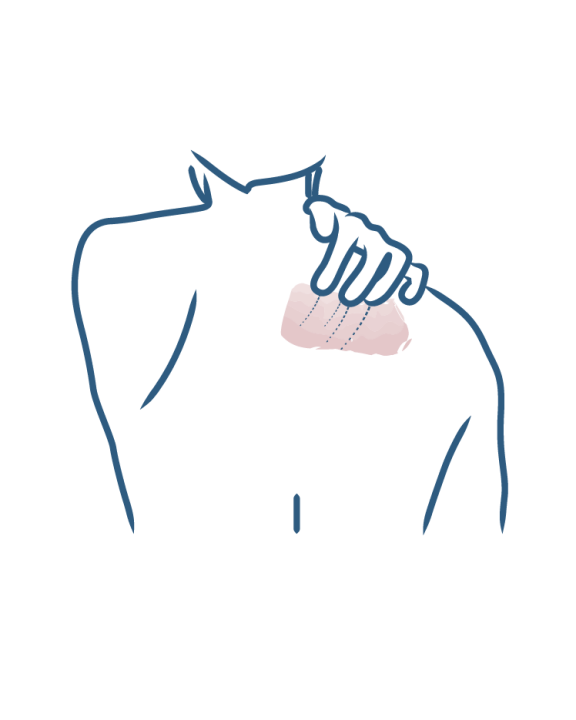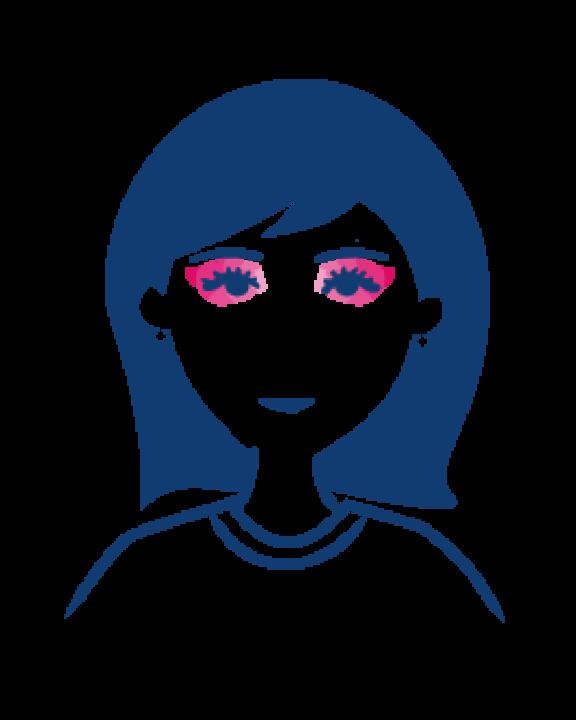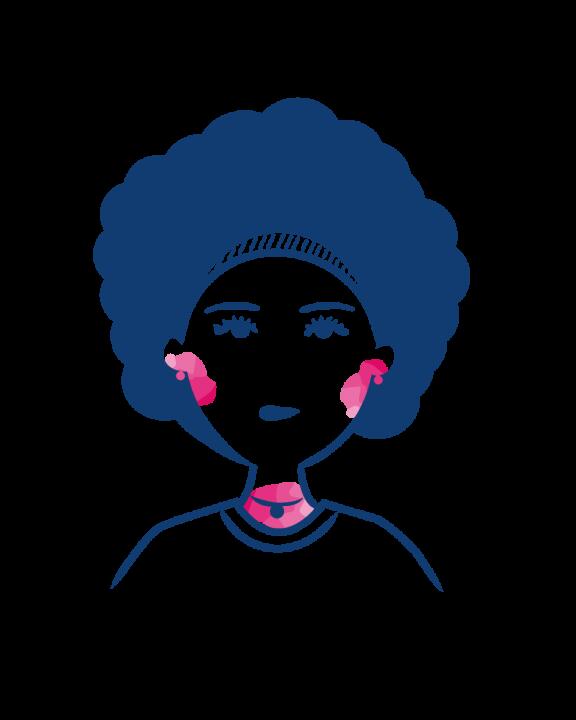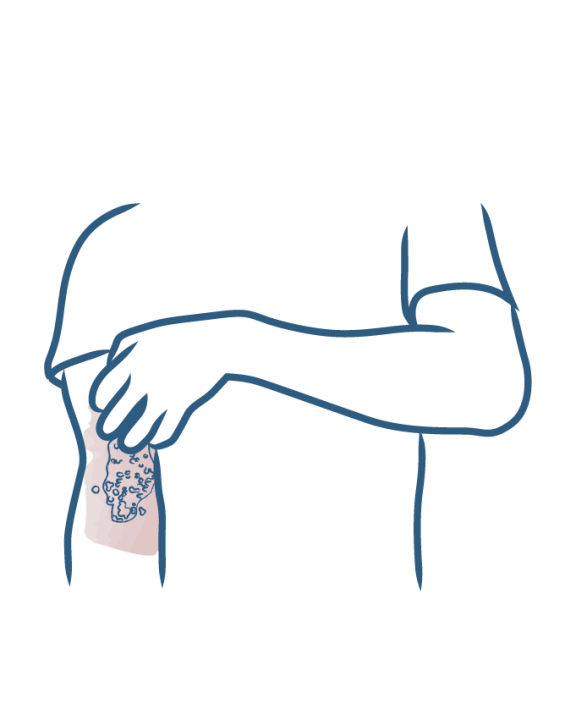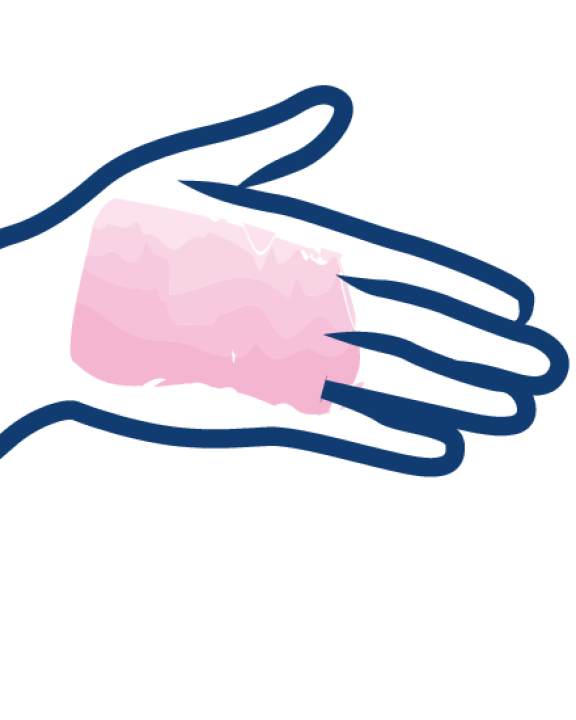What is infantile eczema?
- SUMMARY
- Eczema
Eczema in babies and children: the areas most often affected
- What is infantile eczema?
- What soap should be used for babies with eczema?
- Eczema in babies: what habits should you adopt?
- Cortisone cream to relieve eczema?
- When should you consult a physician about your baby's eczema?
- Eczema in babies and children: the areas most often affected
- How should you treat baby’s and infant’s eczema?
- Living with eczema day to day
- Eczema: What daily reflexes should you adopt?
- Eczema: can it be cured?
- Swimming pool, swimming when you have eczema?
- What are the habits to avoid when you have eczema?
- What soap should be used for eczema?
- Eczema cream, ointment: what should you use?
- Eczema: how to treat itching
- Eczema: what foods should you eat?
- Which detergent should eczema patients use?
- Eczema: how can flare-ups be avoided?
- Body eczema: hands, feet, arms, back, face, etc.
- Foot eczema
- Arm eczema (elbows, armpits, forearms)
- Eczema of the eyelids, eyes or palpebral eczema
- Leg eczema or varicose eczema
- Eczema on the neck and nape of the neck
- Eczema around the mouth
- Hand and finger eczema (chronic hand eczema)
- Facial eczema
- Scalp eczema
- Eczema on the back
- Eczema on the stomach and belly button
- Eczema in the ears
- What causes eczema?
- Clothing contact eczema
- Stress-induced eczema
- Contact eczema due to cosmetics
- Perspiration-induced eczema
- Contact eczema due to nickel and chromium
- Contact eczema due to medication and topical treatments
- Allergy-induced eczema
- Contact eczema due to cleaning products
- Hereditary eczema

Eczema in babies and children: the areas most often affected
Eczema in babies and children is most often atopic eczema. Eczema plaques can be located in different places depending on age. Here are the areas most often affected by eczema in babies, according to age:
The areas most often affected before age 2
Atopic eczema generally appears from the first months of life, on average around 3 months and sometimes from birth. It is estimated that 60 to 80% of atopic eczema is diagnosed before the age of one year. Eczema appears symmetrically on the curved (convex) areas of the face and limbs, meaning the cheeks and outer surfaces of the arms and legs, as well as the torso. Plaques are often very red and oozing then become covered with scabs and sometimes superinfected. Skin folds are sometimes already affected. The skin is not always dry and generally clears up between age 1 and 2.
The areas most often affected after age 2
After age 2, lesions migrate to the skin folds, neck, knees, elbows, wrists and ankles, but also to the hands, eyelids, lips and ears. Skin dryness becomes inevitable, especially in winter. Plaques are less inflammatory and tend to thicken.
The areas most often affected in children
Regardless of the child's age, eczema plaques are often accompanied by a sensation of heat and severe itching. This causes them, and their parents, to have trouble sleeping
Atopic eczema in children can develop into contact eczema. This eczema is different to atopic dermatitis because it is not of constitutional origin and remains localized in the areas in contact with the product. For example: a little girl with atopic eczema may no longer be able to wear costume jewelery (earrings, necklace, bracelet, etc.) simply because she has developed a contact allergy to the nickel in these objects. Sometimes, contact eczema occurs in an isolated manner, including in children.
More information
- Discover When should you consult a physician about your baby's eczema?
What is infantile eczema?
When should you consult a physician about your baby's eczema?
- Discover Cortisone cream to relieve eczema?
What is infantile eczema?
Cortisone cream to relieve eczema?
- Discover What soap should be used for babies with eczema?
What is infantile eczema?
What soap should be used for babies with eczema?
- Discover Eczema in babies: what habits should you adopt?
What is infantile eczema?
Eczema in babies: what habits should you adopt?
Our care routines
Skin prone to atopic eczema, contact eczema, chronic eczema and/or, eyelid eczema
Dermatological expertise
To better understand your skin and hair, discover our exclusive content and innovative care products designed to improve your quality of life..

